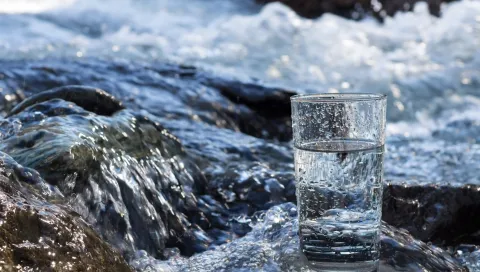
CREW Code: CRW2022_01
Theme: Water Quality & Health
Project status: Complete. Please click here to visit the publication page to view the project outputs.
Type of project: Capacity Building
Lead research team: University of Dundee
The research project conducted assessments of the potential presence of per- and polyfluoroalkyl substances (PFAS), 17β-estradiol, and nonylphenol for drinking water supply sources in Scotland, to identify high risk areas and enable prioritisation of monitoring and additional knowledge generation.
PFAS, a class of synthetic chemicals produced since the 1940s, are persistent, toxic and bioaccumulative and have been linked to detrimental impacts on childhood development, cancers, and immune system disorders. Nonylphenol and 17β-estradiol are endocrine-disrupting chemicals connected to cancer, reduced fertility and obesity. Due to increasing awareness of the potential occurrence of these substances in the environment, a new standard for PFAS was introduced for Scottish drinking water in January 2023, and Scottish Water commenced a nationwide risk based sampling programme at that time. 17β-estradiol and nonylphenol were added to an EU drinking water watchlist, so Scottish Water will need to monitor for their presence in their supplies when the watch list is adopted in Scotland.
The research project estimated which supplies had the highest potential likelihood of detecting the substances in the raw (pre-treated) water. The assessments identified higher likelihood of PFAS and nonylphenol presence in those areas with higher population and industry densities (predominantly the central belt and east of Scotland), whereas areas with the highest likelihood of 17β-estradiol presence were those under more intensive agricultural use (predominantly the northeast and south of Scotland). Having identified these areas now allows further refinement of monitoring programmes to aid our understanding of the potential presence of the substances, their sources and possible treatment requirements. This in turn will inform best strategies and actions to reduce concentrations of the contaminants if necessary, not only in drinking water, but also in the environment.
The project has completed. Please click here to visit the publication page to view the project outputs.